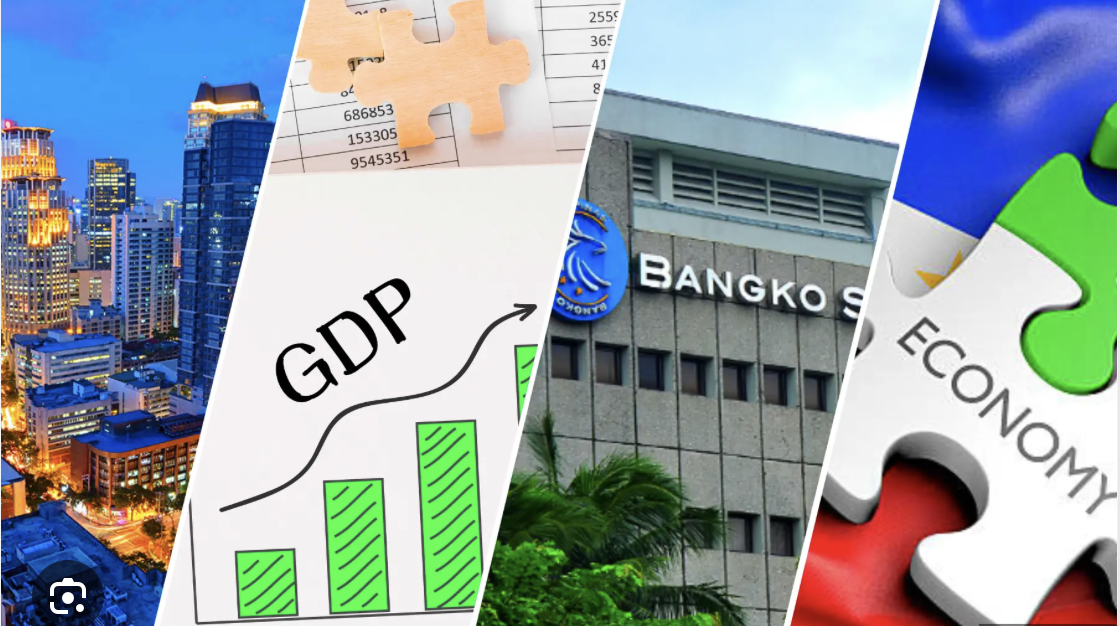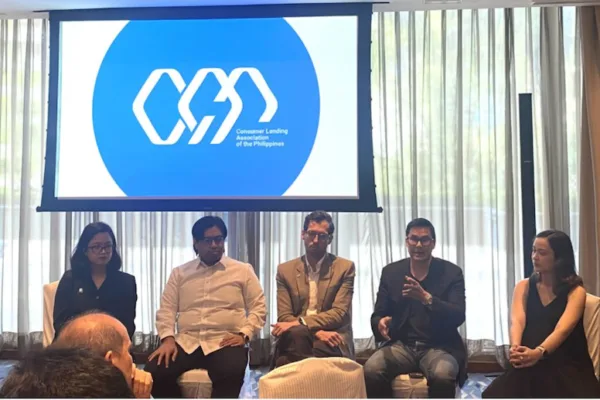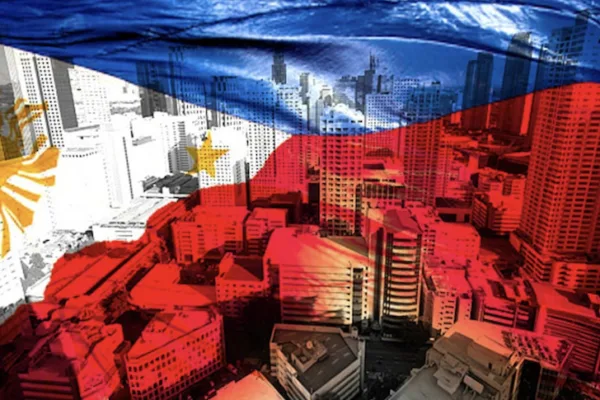Based on the latest advisory from the Bangko Sentral ng Pilipinas (BSP), the Philippine economy is presenting a dual narrative: a cautious consumer base grappling with immediate financial pressures, contrasted by a strengthening external liquidity position that underscores the nation’s macroeconomic resilience.

While Filipino households expressed increased pessimism in the first quarter of 2025, the country’s gross international reserves (GIR) surged in May, offering a robust buffer against global uncertainties.
The latest Consumer Expectations Survey (CES) conducted by the BSP painted a somber picture of household sentiment for the first quarter of 2025. The overall consumer confidence index (CI) notably dropped to -13.0 percent, marking a decline from -11.1 percent in the previous quarter and -10.9 percent in the first quarter of 2024.

This negative reading indicates that a larger proportion of respondents held pessimistic views than optimistic ones. The primary drivers behind this apprehension were cited as faster increases in the prices of goods and services, alongside concerns over declining incomes and fewer available job opportunities.
These factors directly impact household purchasing power and overall economic well-being, making the CES a crucial gauge for the BSP’s monetary policy deliberations.
BSP vows price stability amidst mixed consumer outlook

In response to these findings, the BSP reiterated its unwavering commitment to its mandates, particularly its primary objective of maintaining price stability. The central bank emphasized that inflation — the rate of increase in prices — is projected to remain manageable and within its target range of 2.0 to 4.0 percent from this year up to 2027.
This consistent within-target inflation is deemed essential for supporting investment and fostering job creation across the archipelago.
Despite the current headwinds, consumer sentiment shows a nuanced trajectory for the future. While the outlook for the immediate succeeding quarter also reverted to negative territory, with the CI settling at -0.5 percent (down from 4.2 percent previously), a more positive outlook prevails for the longer term.
For the next 12 months, consumers anticipate an improvement in economic prospects, with the CI remaining positive at 12.4 percent. This figure, while slightly lower than the 13.4 percent recorded in the first quarter of last year, notably held steady from the previous quarter, suggesting an underlying belief in eventual recovery and growth.
PH’s external finances strengthen as reserves hit $105.5 billion

Adding to the nation’s economic stability is the impressive performance of its external finances. Preliminary data from the BSP shows the country’s gross international reserves (GIR) level rising to US$105.5 billion as of end-May 2025, an increase from US$105.3 billion at the end of April 2025.
This substantial GIR level serves as a robust external liquidity buffer, equivalent to 7.3 months’ worth of imports of goods and payments of services and primary income – well above the international convention of three months’ worth. Furthermore, it comfortably covers about 3.7 times the country’s short-term external debt based on residual maturity, providing significant assurance to investors and creditors.
The month-on-month increase in GIR was primarily driven by several key factors. These included upward valuation adjustments in the BSP’s gold holdings, benefiting from an increase in international gold prices. Net income derived from the BSP’s strategic investments abroad also contributed significantly, alongside the national government’s net foreign currency deposits with the central bank.
Mirroring this positive trend, the net international reserves (NIR) also saw an increase, rising by US$0.08 billion to US$105.34 billion as of end-May 2025. The dual insights from consumer sentiment and the burgeoning GIR paint a picture of an economy facing immediate domestic challenges, primarily from inflation and employment, yet underpinned by strong external fundamentals.
The BSP’s proactive stance on price stability, coupled with a robust and growing reserve pool, positions the Philippines to navigate these complexities. While households remain cautious in the short term, the enduring optimism for the year ahead, bolstered by the country’s solid financial buffers, suggests a collective belief in the nation’s capacity for resilience and sustained economic progress.








